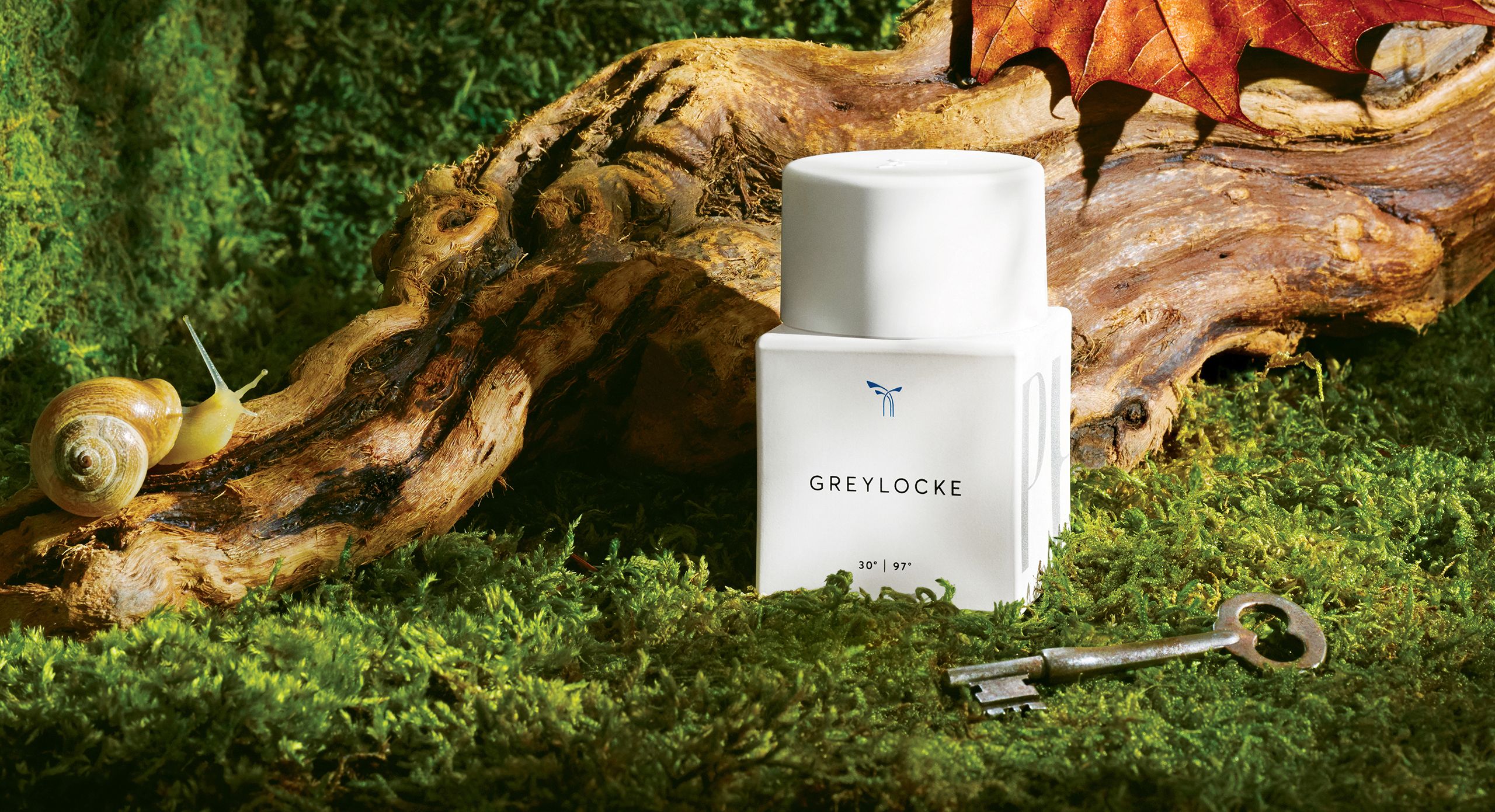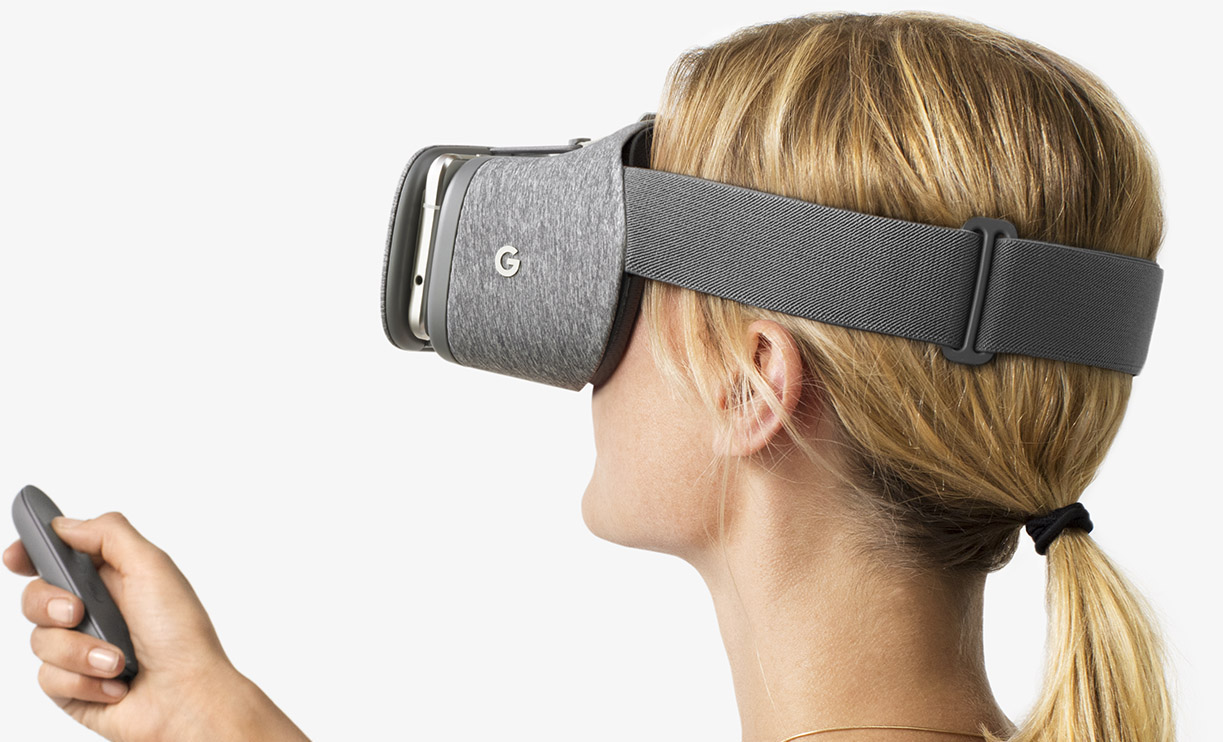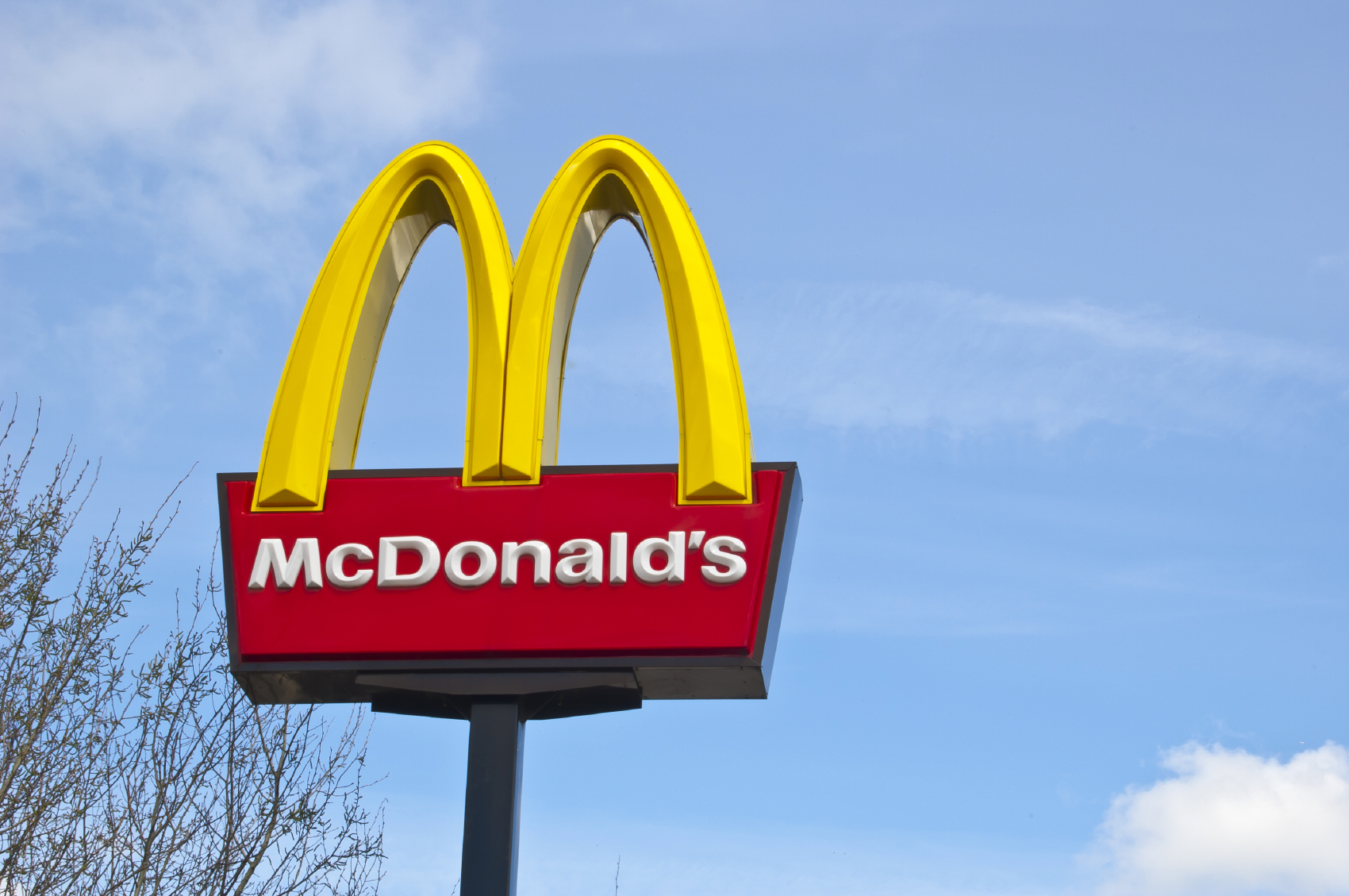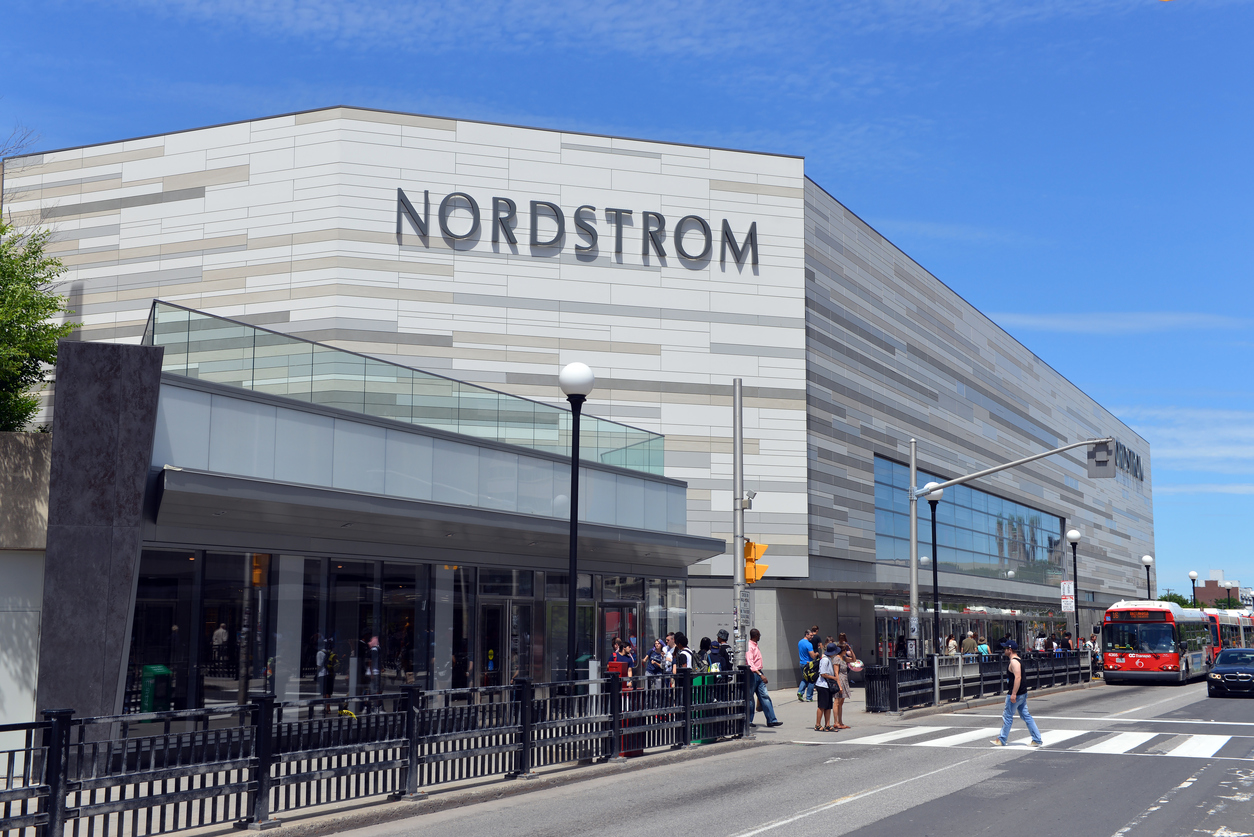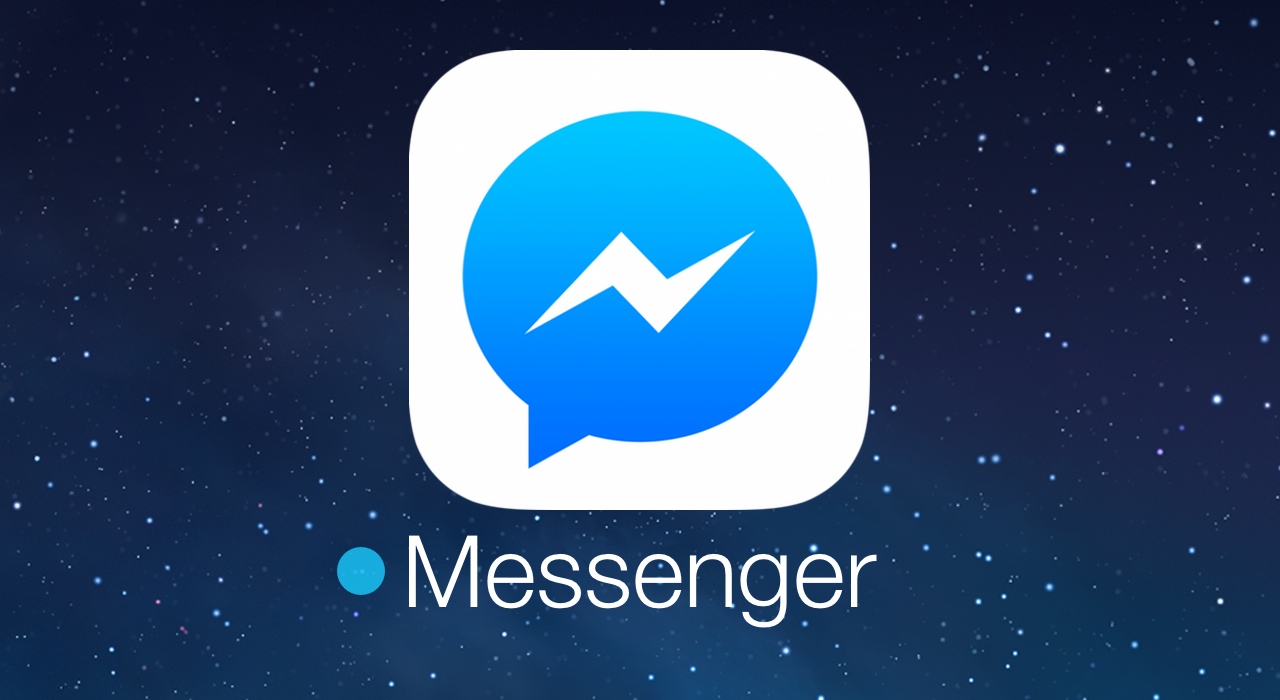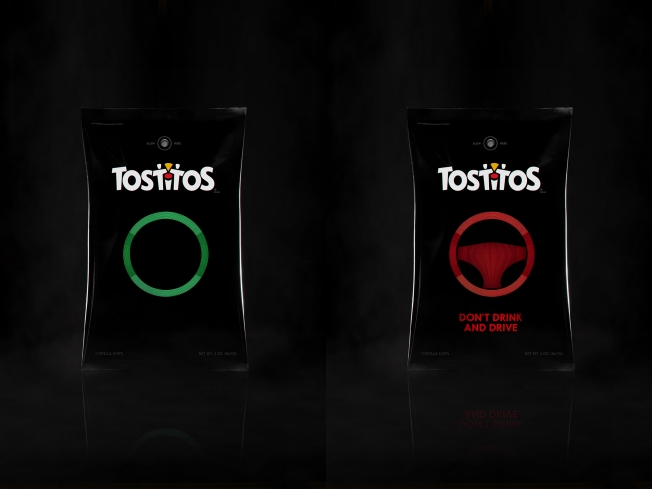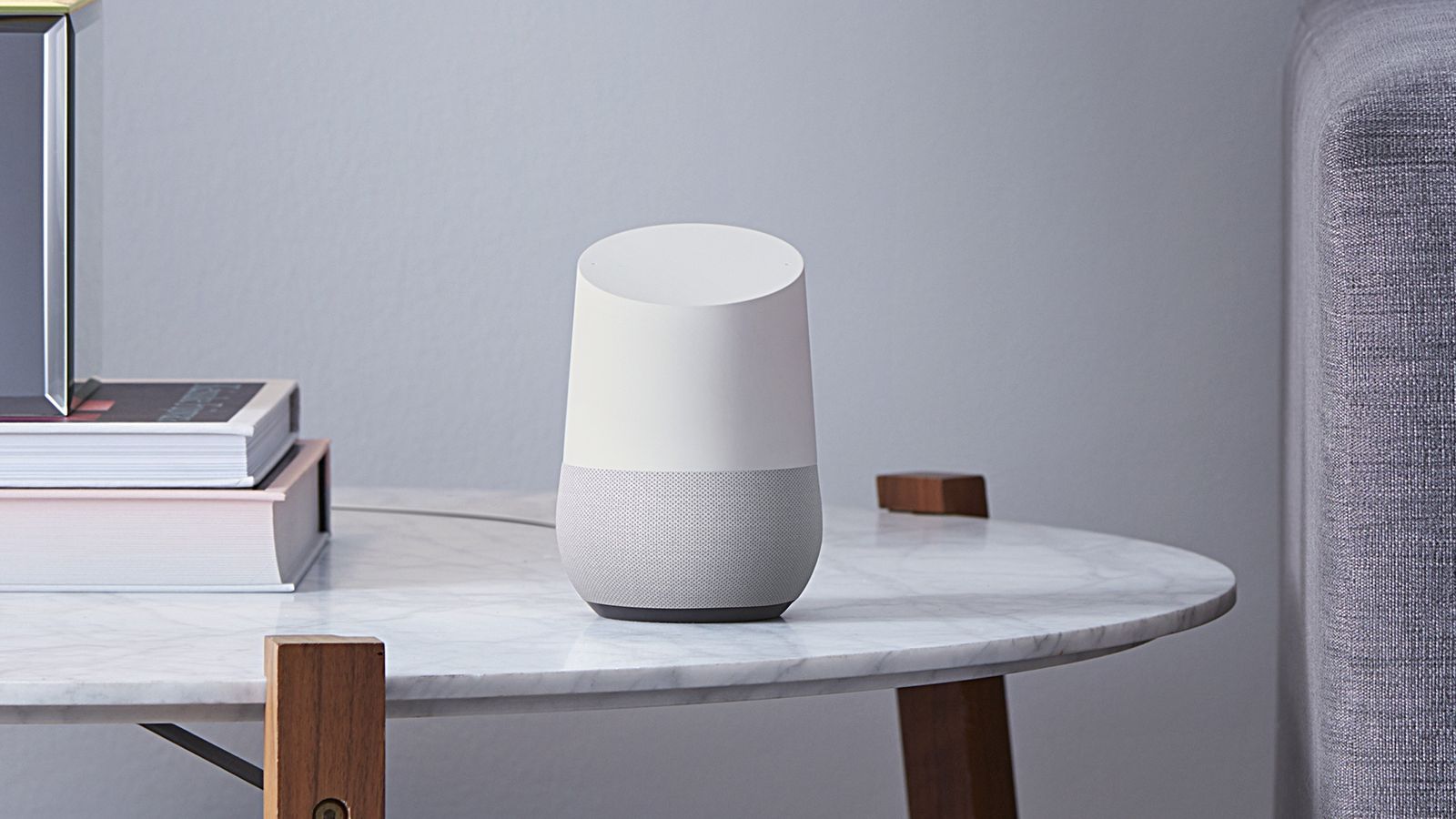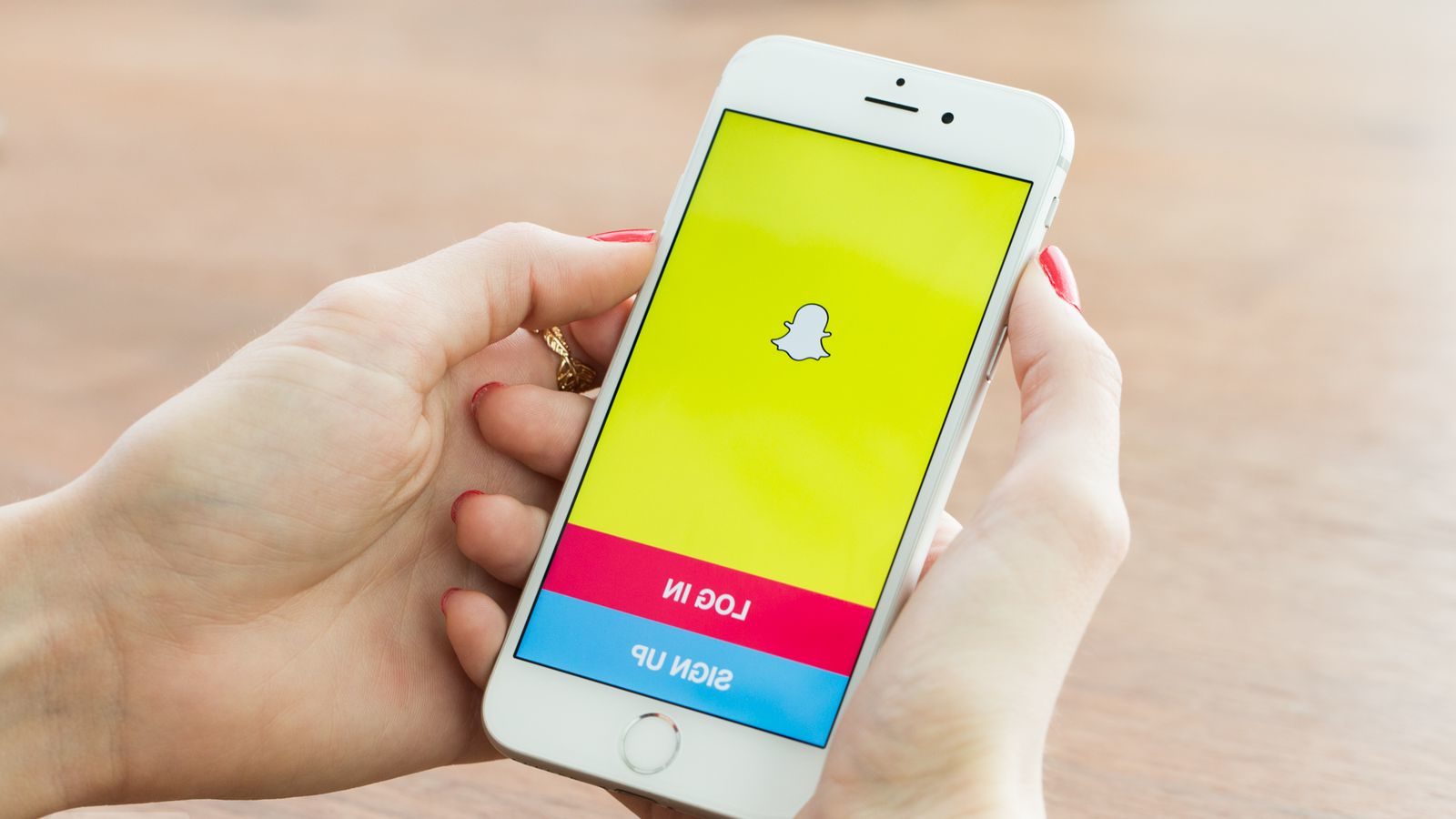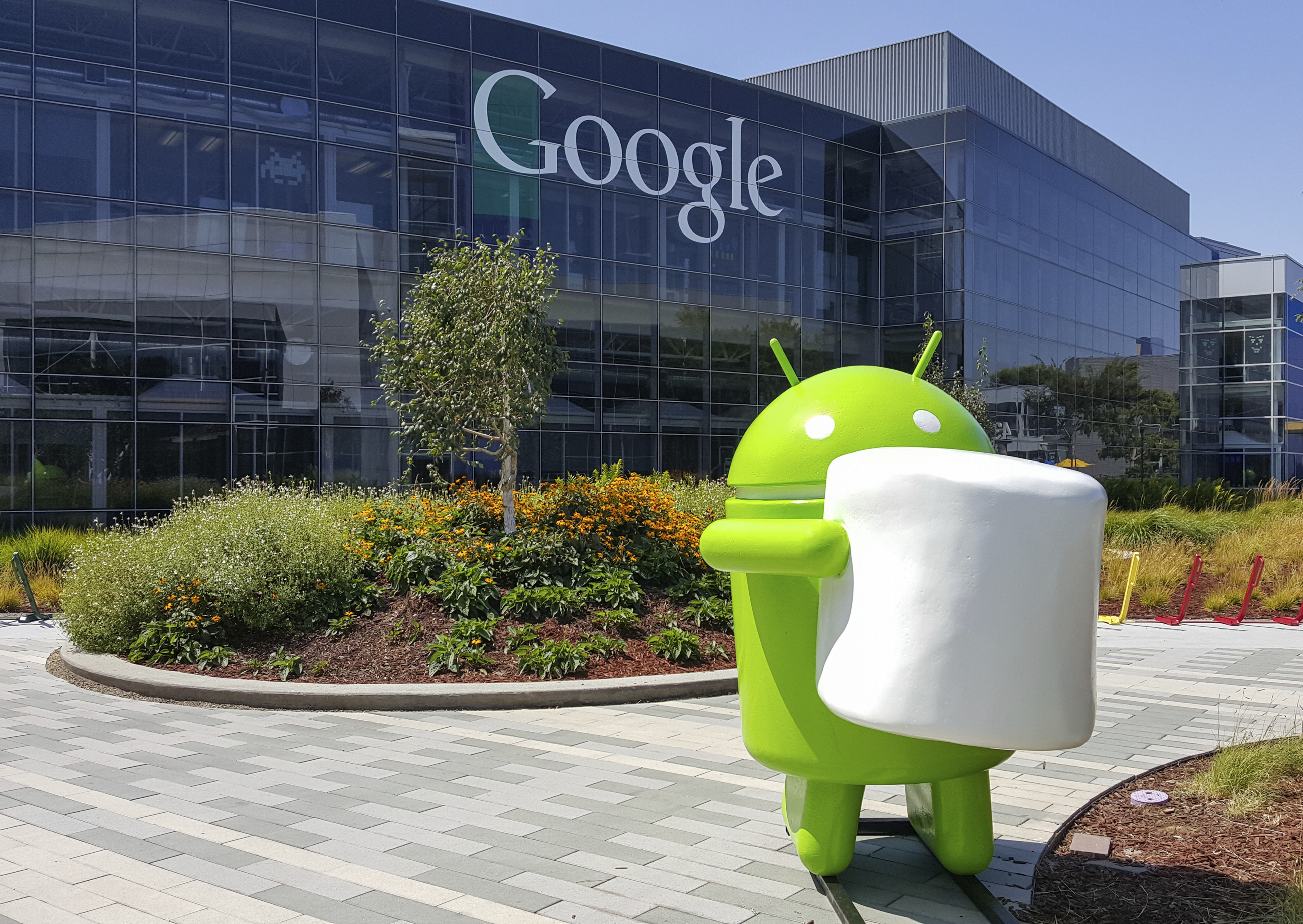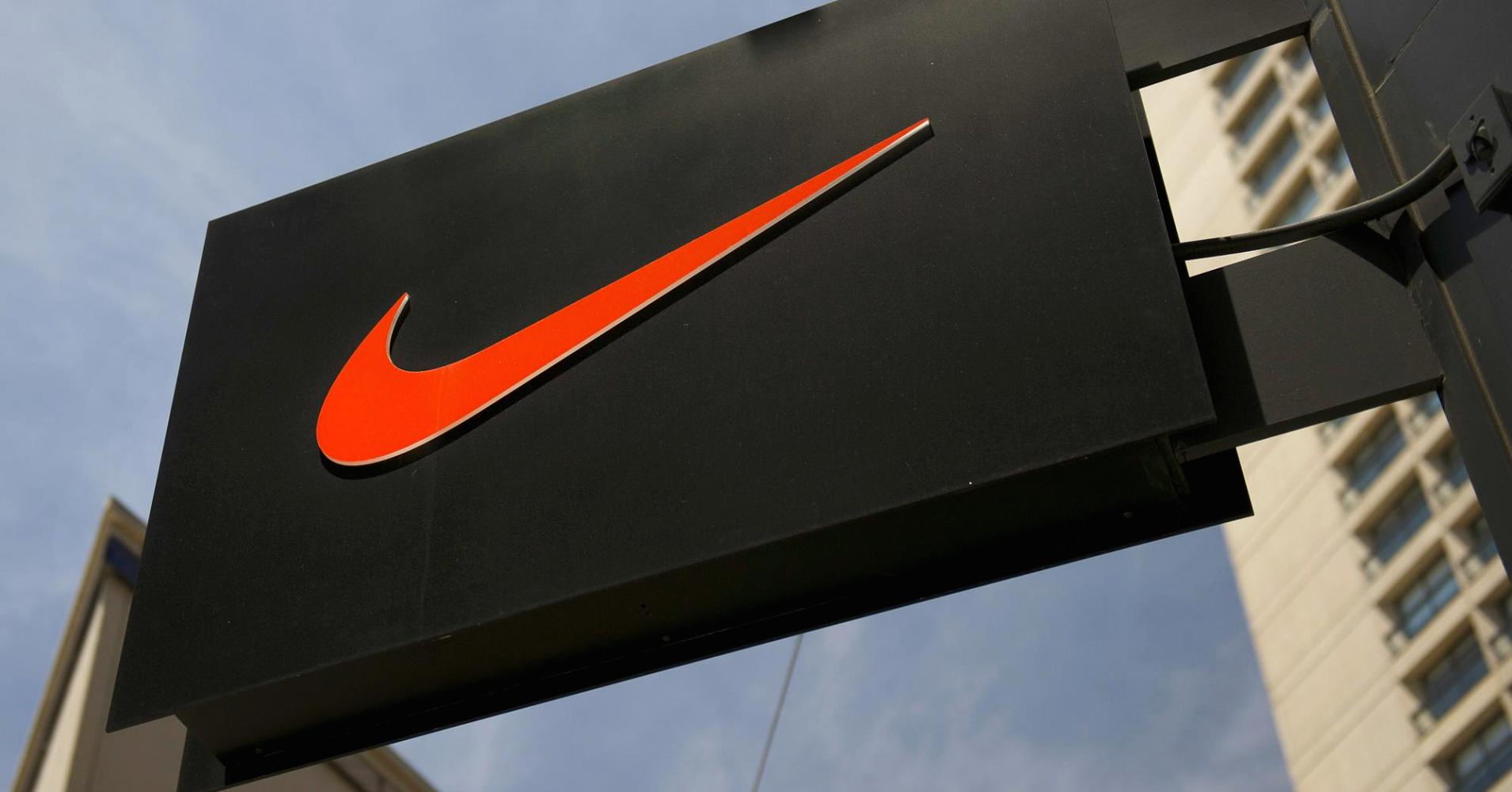What Happened
Phlur, an online-only perfume brand, came up with a brilliantly designed online shopping experience to introduce customers to its product lineup. Founded in 2015, the Austin-based startup aims to solve the obvious challenge in selling perfumes and colognes online – that you can’t smell it over the internet – with a novel sampling process.
Interested customers are encouraged to explore its elegantly crafted website, which presents an engaging digital experience where each product is explained with a unique audio-visual narrative supported by curated images and a mood-setting Spotify playlist. Then, customers are instructed to select two from the six Phlur products and have samples sent to their home for $10. If they like the sample and come back to purchase a full bottle, the $10 sample fee will be credited back to the customers.
What Brands Need To Do
In terms of business model, Phlur serves as another example of an ecommerce startup tapping into the “try-at-home,” direct-to-consumers trend established by the likes of e-retailer Warby Parker and Birchbox. What is more intriguing, however, is the way they build immersive audio-visual narratives that help introduce its products to prospective customers via a sensory experience. This should serve as an inspiration for other retail, ecommerce, and CPG brands that are aiming to innovate the shopping experience they offer, both online and offline. For example, brick-and-mortar retailers could use the trendy “store-within-a-store” concept, or perhaps tap into new technologies such as virtual reality like Taco Bell recently did, to build an interesting narrative to introduce customers to a new product.
If you’d like to learn more about how your brand can develop an updated retail strategy and implement digital-driven retail solutions to transform your in-store experience, please contact our Client Services Director Samantha Holland ([email protected]) to schedule a visit to the Lab.
Source: Racked
Header image is a promotional image from Phlur
